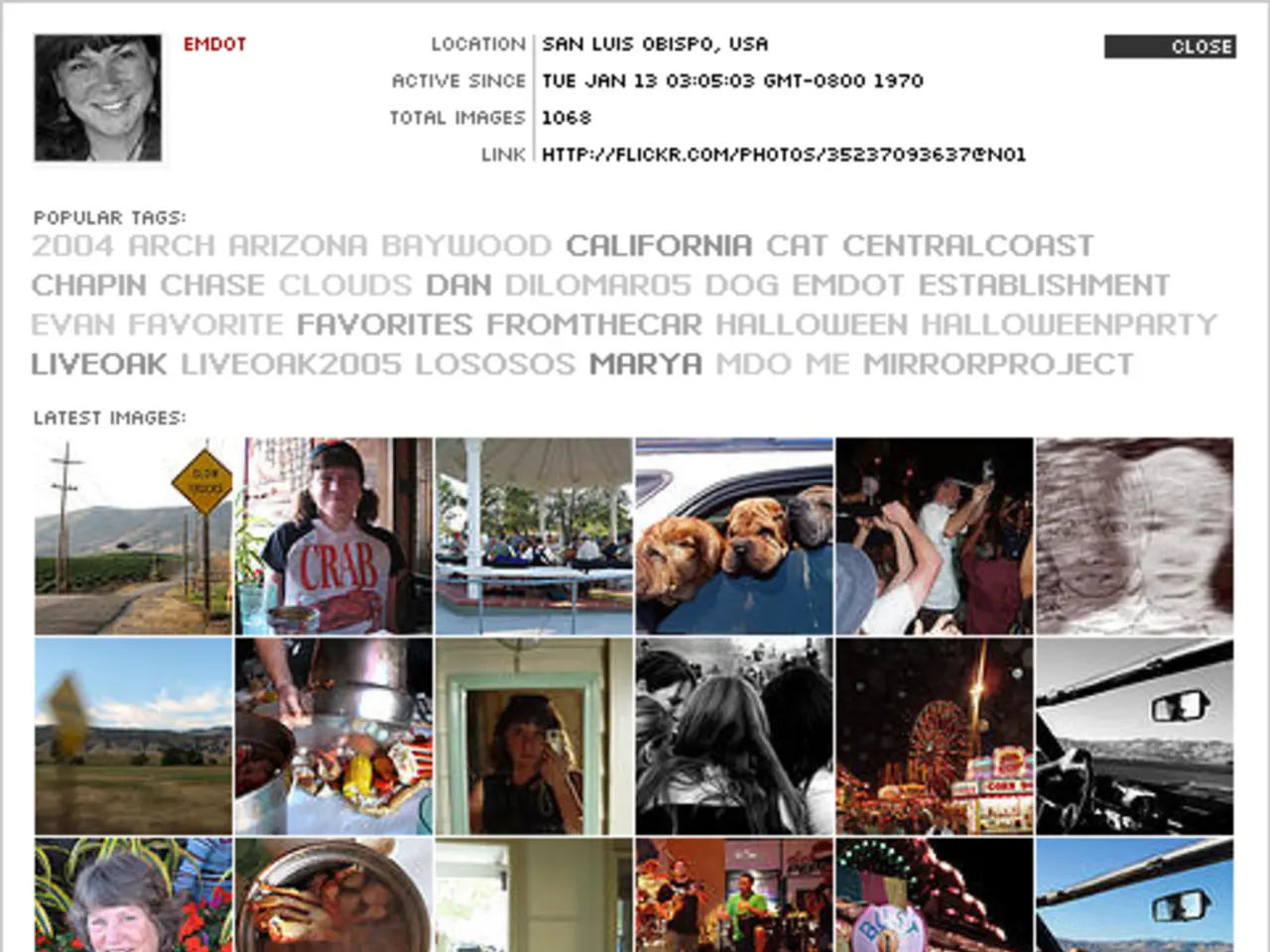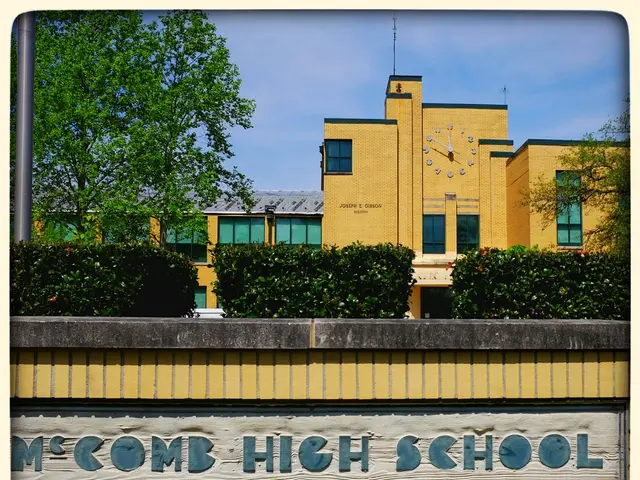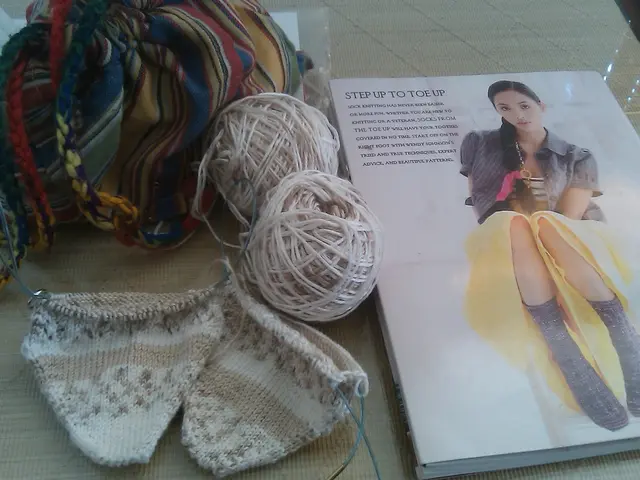Restaurant TypographyDecisions: Selecting Fonts for Menus
## Top Picks for Restaurant Menus: Balancing Style and Readability
Choosing the right fonts for a restaurant menu is a crucial decision that goes beyond aesthetics. The fonts selected can significantly impact readability, brand identity, and even the perceived appeal of the dishes. Here's a roundup of some of the best font categories and examples, each with its unique strengths for restaurant menus.
### Handwritten and Casual Fonts
Fonts like Food Delight Script, Tasty Food Casual Handwritten Typeface, and Aracne Condensed bring a touch of warmth and approachability to menus. Their hand-drawn or handwritten style creates a personal and inviting atmosphere, helping customers relax and potentially enhancing the appetising nature of the food [1]. These fonts are ideal for cafes, diners, and restaurants with a laid-back vibe.
### Modern Sans-Serif Fonts
Fonts such as Lato offer a sleek, modern look with high legibility and a wide range of weights and styles. Their neutrality makes them highly adaptable and easy to pair with display fonts for headings or accent text [4]. This font suits trendy, urban, or minimalist restaurants seeking a clean, contemporary look.
### Classic and Timeless Fonts
Montagu Slab, inspired by 19th-century typography, combines classic and modern styles. Its robust, readable letterforms make it ideal for menus that want to project both confidence and sophistication, such as upscale steakhouses or wine bars [4].
### Display and Retro Choices
Fonts like Gratelos and Giaza add a touch of vintage charm while maintaining modern clarity. They excel in large-scale headers, logos, and advertising, making them a strong choice for heritage-themed eateries or those seeking a memorable, distinctive look [5].
## Why These Fonts Are Suitable
- **Appetite Appeal:** Casual handwritten and playful fonts can make food seem more enjoyable and attractive to eat [1]. - **Readability:** Sans-serif and slab-serif fonts like Lato and Montagu Slab offer excellent legibility even for longer menu items and descriptions [4]. - **Brand Expression:** The choice of font communicates the restaurant’s personality—handwritten for casual, slab-serif for upscale, modern sans-serif for contemporary. - **Space Efficiency:** Condensed fonts like Aracne help fit more items on menus without cluttering the design [5]. - **Pairing Flexibility:** Most of these fonts work well together, allowing for clear hierarchy—display fonts for headers, simpler fonts for body text.
## Expert Tips
- **Menu Hierarchy:** Use a bolder, distinctive font for headlines and categories, and a simpler, highly readable font for item descriptions and prices [3]. - **Consistency:** Stick with a maximum of two complementary fonts to avoid confusion and maintain a professional look. - **Personalization:** Consider fonts with food-related glyphs or illustrations (like bread or cutlery icons) to enhance thematic appeal, if available [1].
In essence, the best restaurant menu fonts strike a balance between personality, readability, and brand alignment. Handwritten and casual fonts create a welcoming, appetising atmosphere, while modern sans-serifs and classic slabs ensure clarity and professionalism—key factors for a menu that both sells and satisfies [1][4][5].
Adobe Fonts and Envato Elements are popular font sites for restaurant menus, providing a wealth of options such as Cuciniere, Giaza, Timberline, Rude Cookie, Haste, Armadira, Decohead, Morthern, Coffee Morning, and many more.
- Mining the right fonts for a lifestyle store's product labels is equally significant, as the chosen fonts can significantly impact readability, brand identity, and the perceived quality of the products.
- Food-and-drink items displayed with handwritten and casual fonts might encourage a casual, idyllic atmosphere similar to that found in cafes and diners. On the other hand, home-and-garden goods presented in modern sans-serif fonts could convey a clean, contemporary feel, suitable for modern, urban households.




